The View From The Mouth Of The Newtown Creek During Final Days of Battle, 2022, routed custom plywood.
Commissioned by the Biennale of Sydney with generous support from Art Makers
Echleon of Uncertainty
PRESENTED BY THE 23rd Biennale of Sydney
March 12th - June 13th 2022
Duke Riley’s work addresses the tension between individual and collective behavior, independent spaces within all-encompassing societies, and the conflict with institutional power. He examines transgression zones and their inhabitants through drawing, printmaking, mosaic, sculpture, performative interventions, infiltrations, and video structured as complex multimedia installations. Riley combines populist myths and historical obscurities with contemporary social and environmental dilemmas, connecting past and present, drawing attention to unsolved issues. Throughout his projects he profiles the space where water meets the land, traditionally marking the periphery of urban society, what lies beyond rigid moral constructs, a sense of danger and possibility.


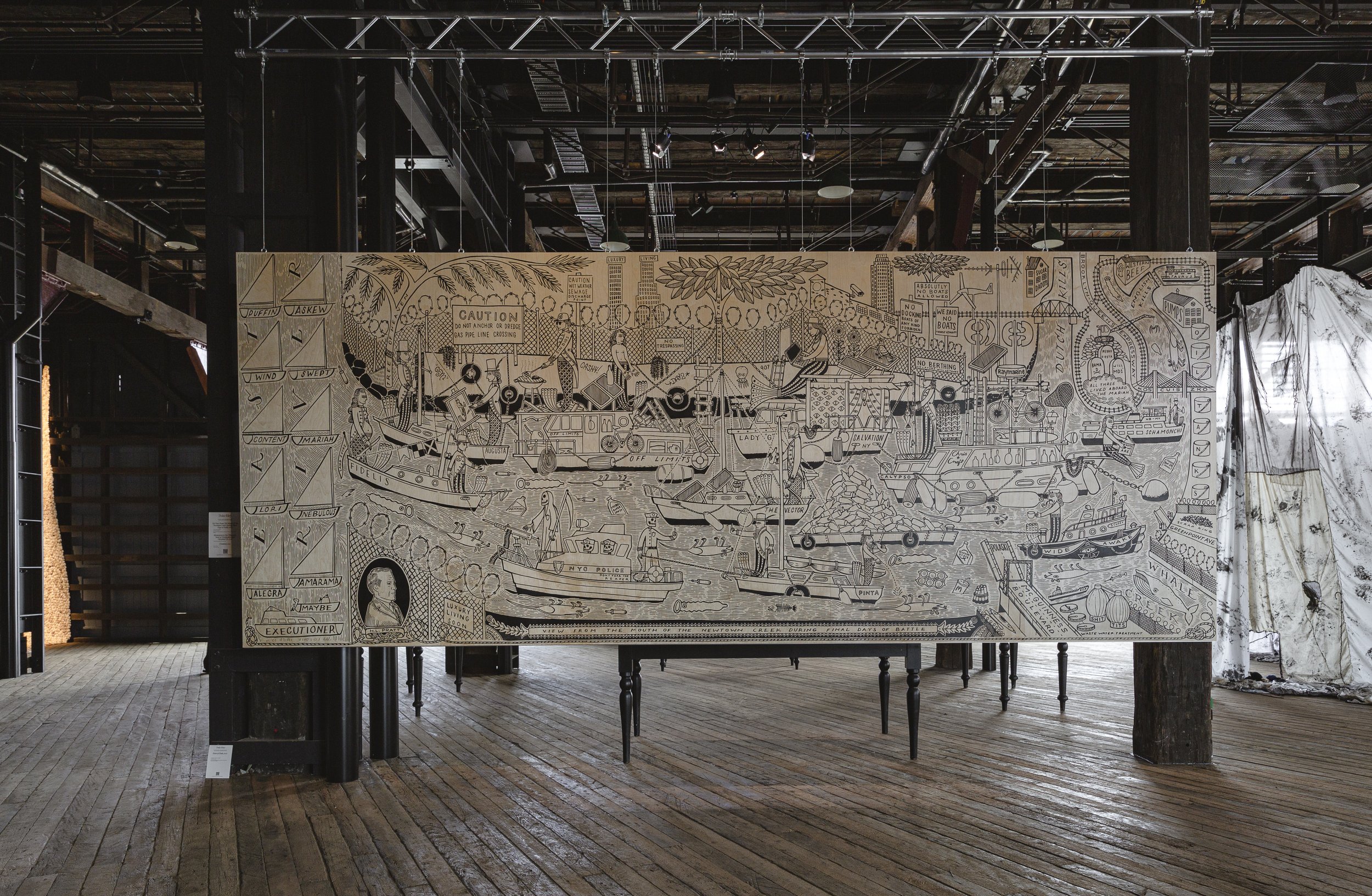

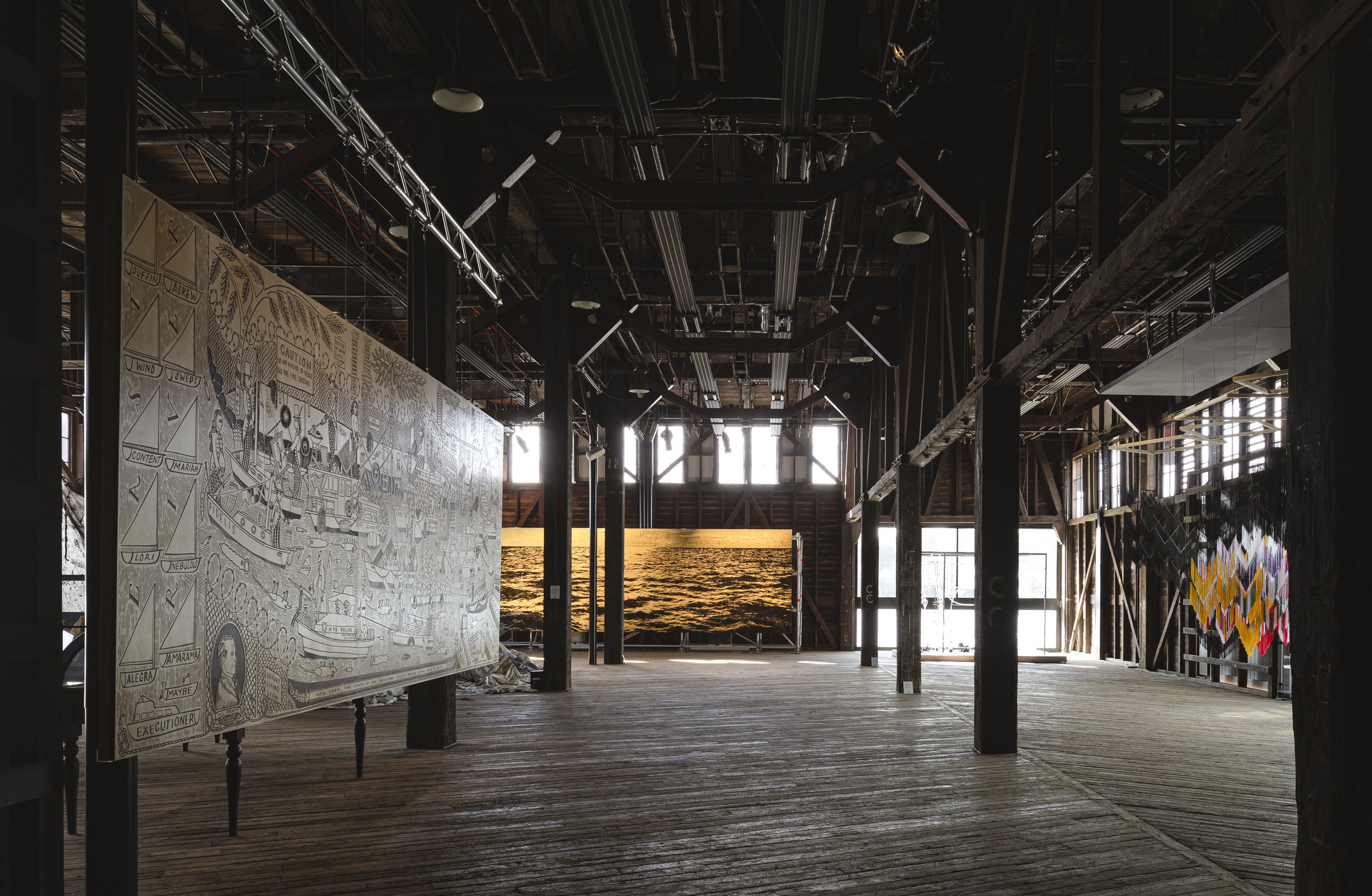
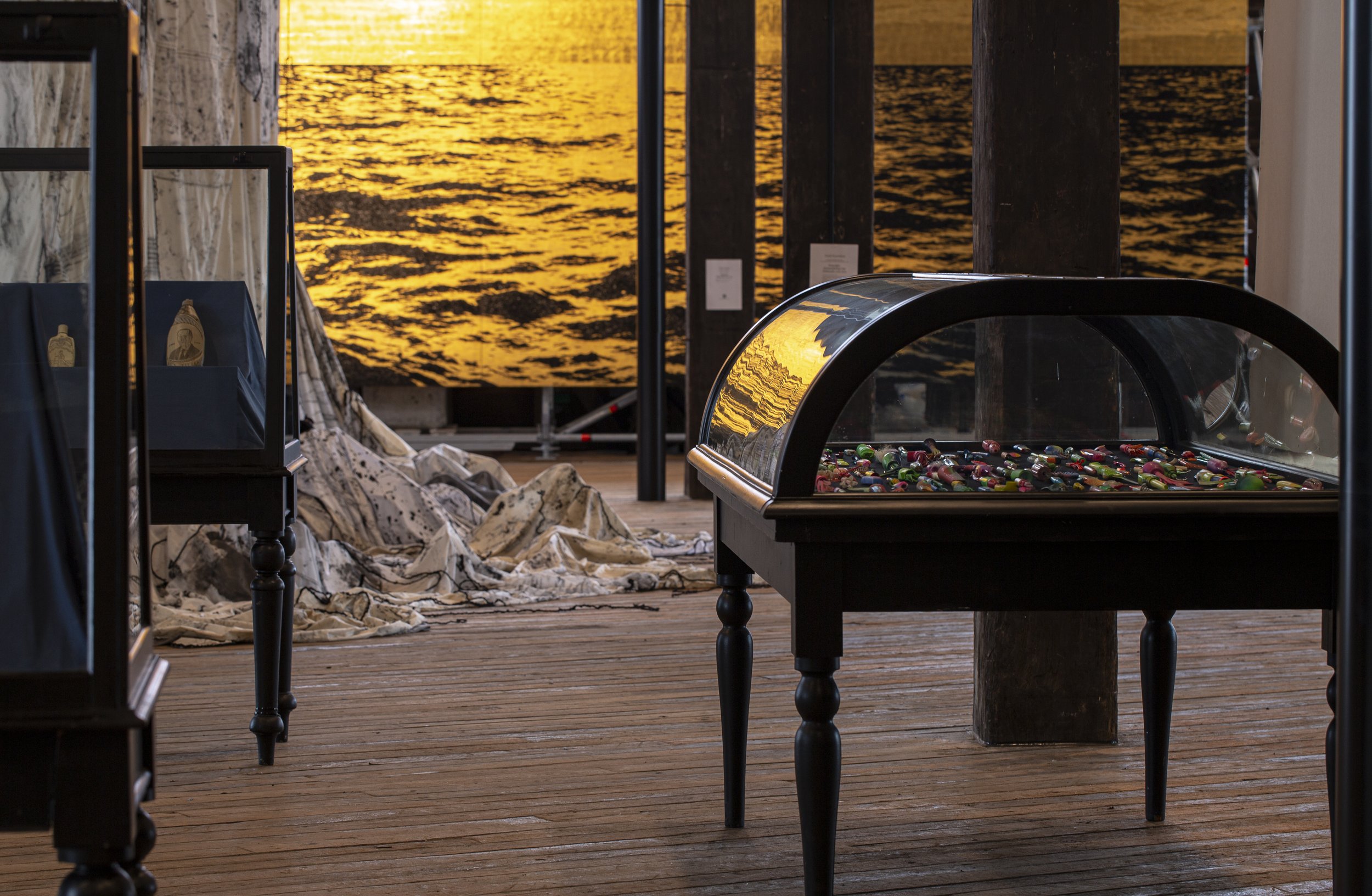

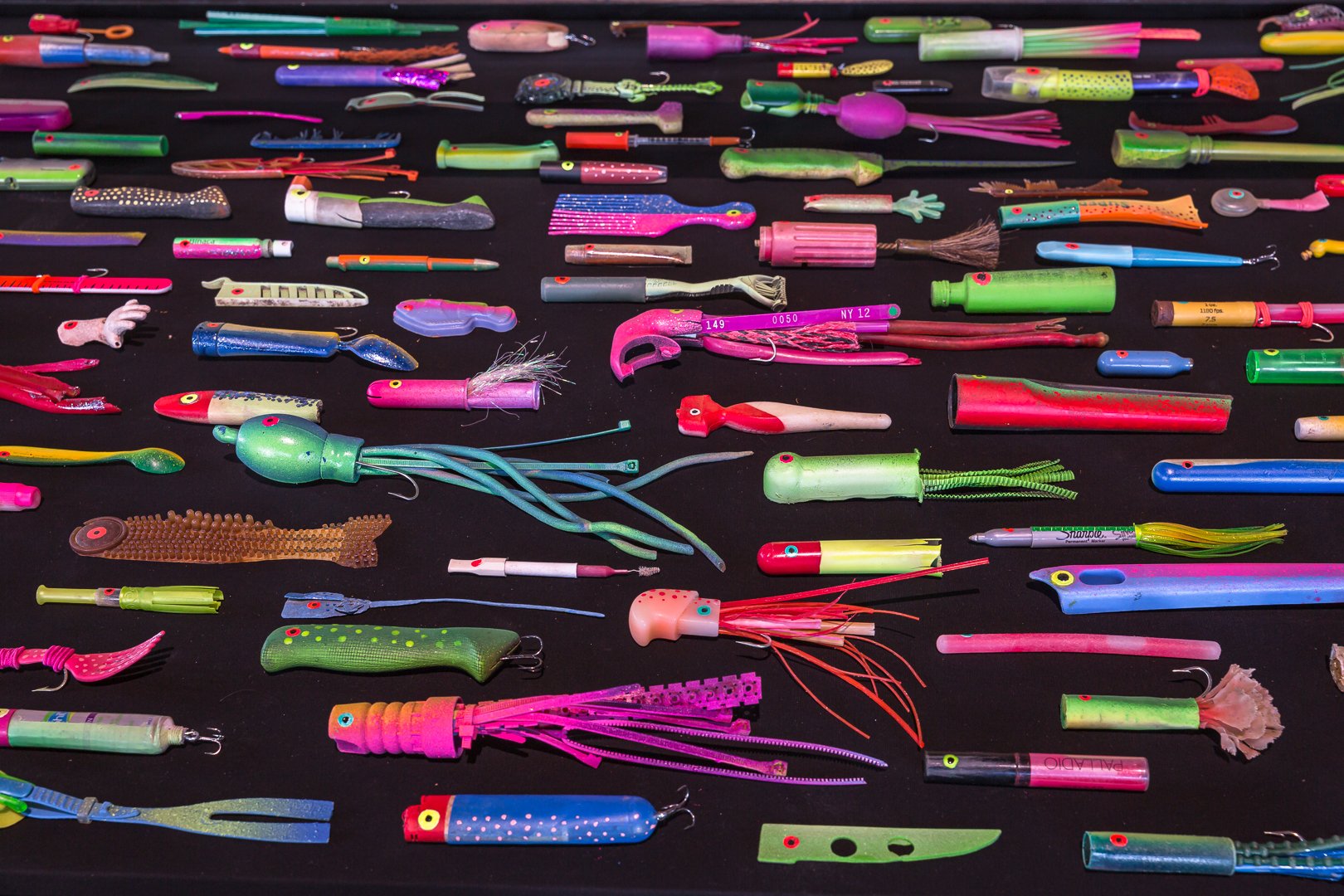
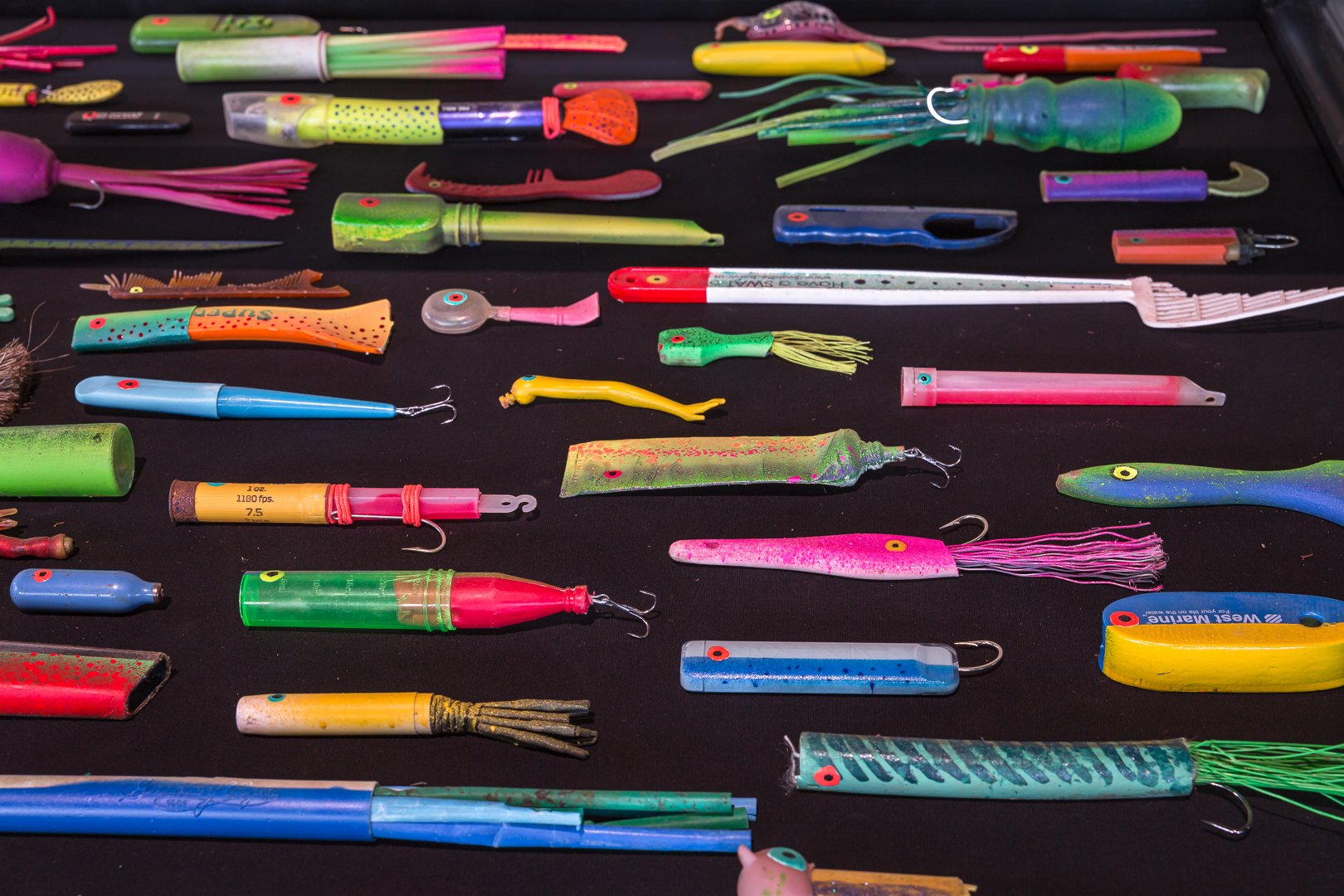

Newtown Creek, a tributary of the East River that divides northern Brooklyn from Queens, has been an industrial waterway since the mid-nineteenth century and was the site of numerous oil storage facilities during the twentieth century. Petroleum company activities around the creek have resulted in the underground leakage of between 17 and 30 million gallons of oil over decades, making the area the site of the second-largest spill in the United States. Since 2003, a live-aboard boat community has grown and built a life in the area, despite the unknown health effects of living atop a site contaminated by more than a century of industrial pollution. From 2005 to 2012, Duke Riley produced the work for his first two museum shows on a boat that was moored in this creek. Like the Gowanus Canal, Newtown Creek has been designated by the Environmental Protection Agency as a Superfund site, and cleanup is slated to begin this year, creating concerns of eviction among the boat community. A striking local example of the global paradox of capitalism: communities are forced to ignore long term consequences to maintain their day to day existence.
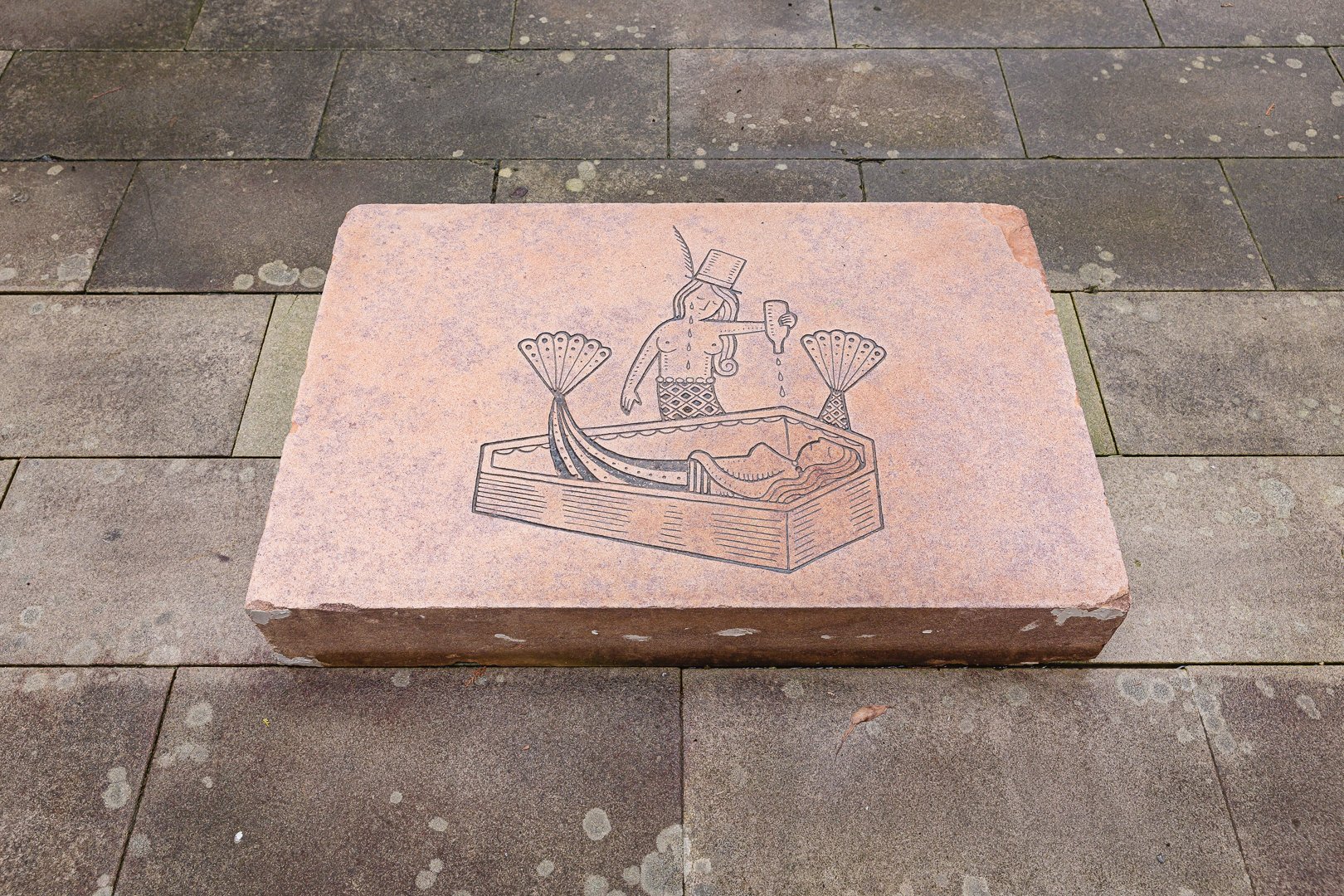
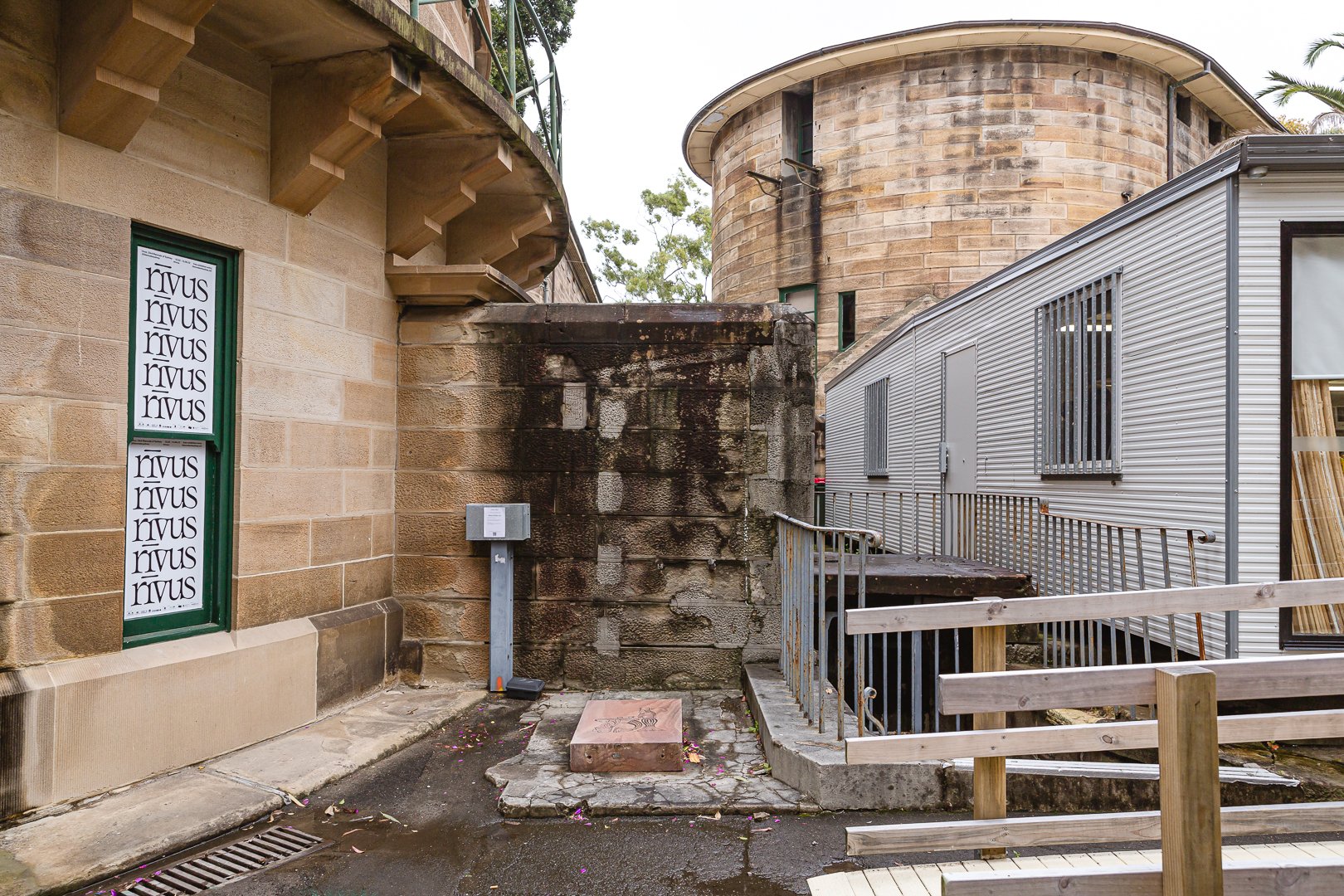
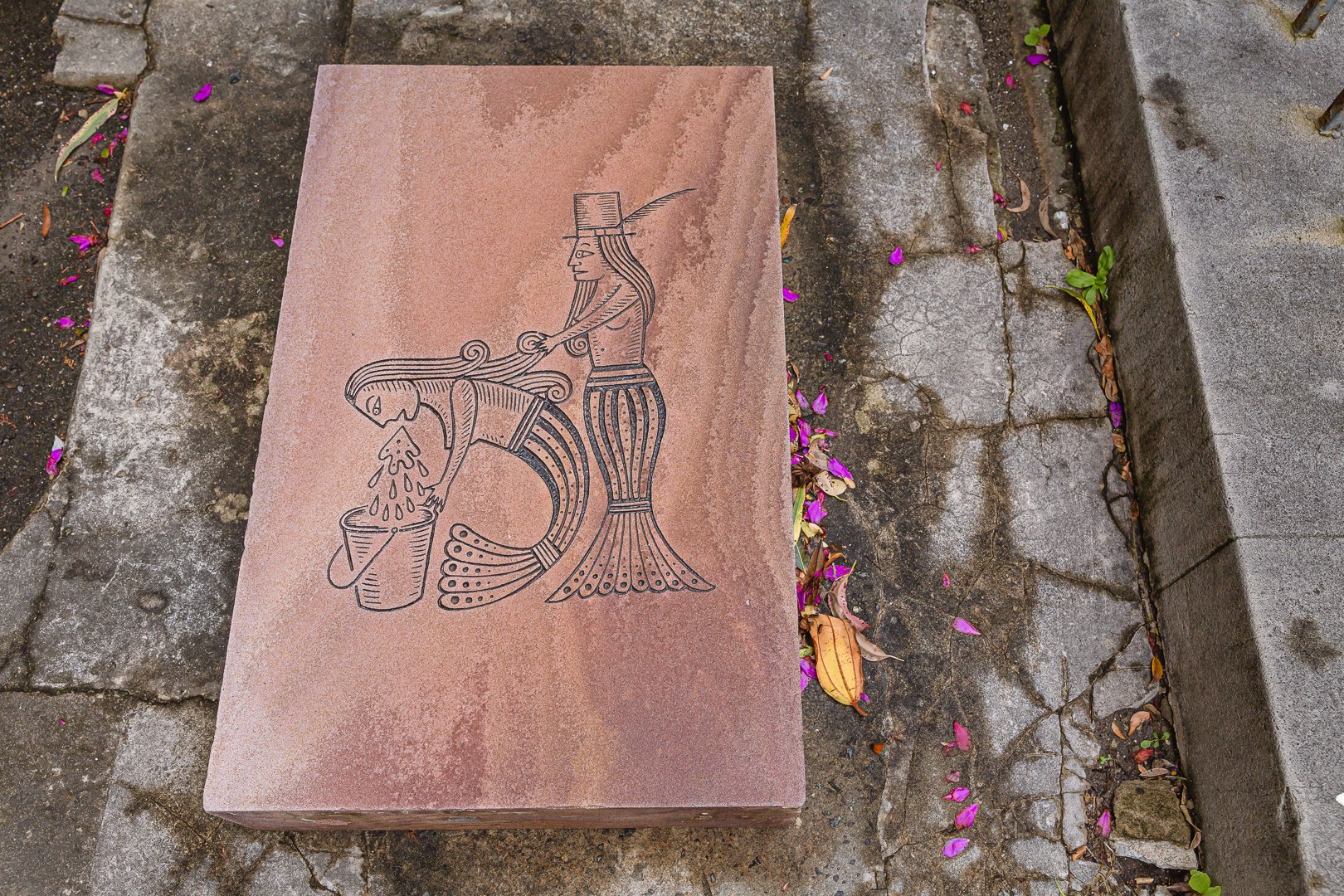
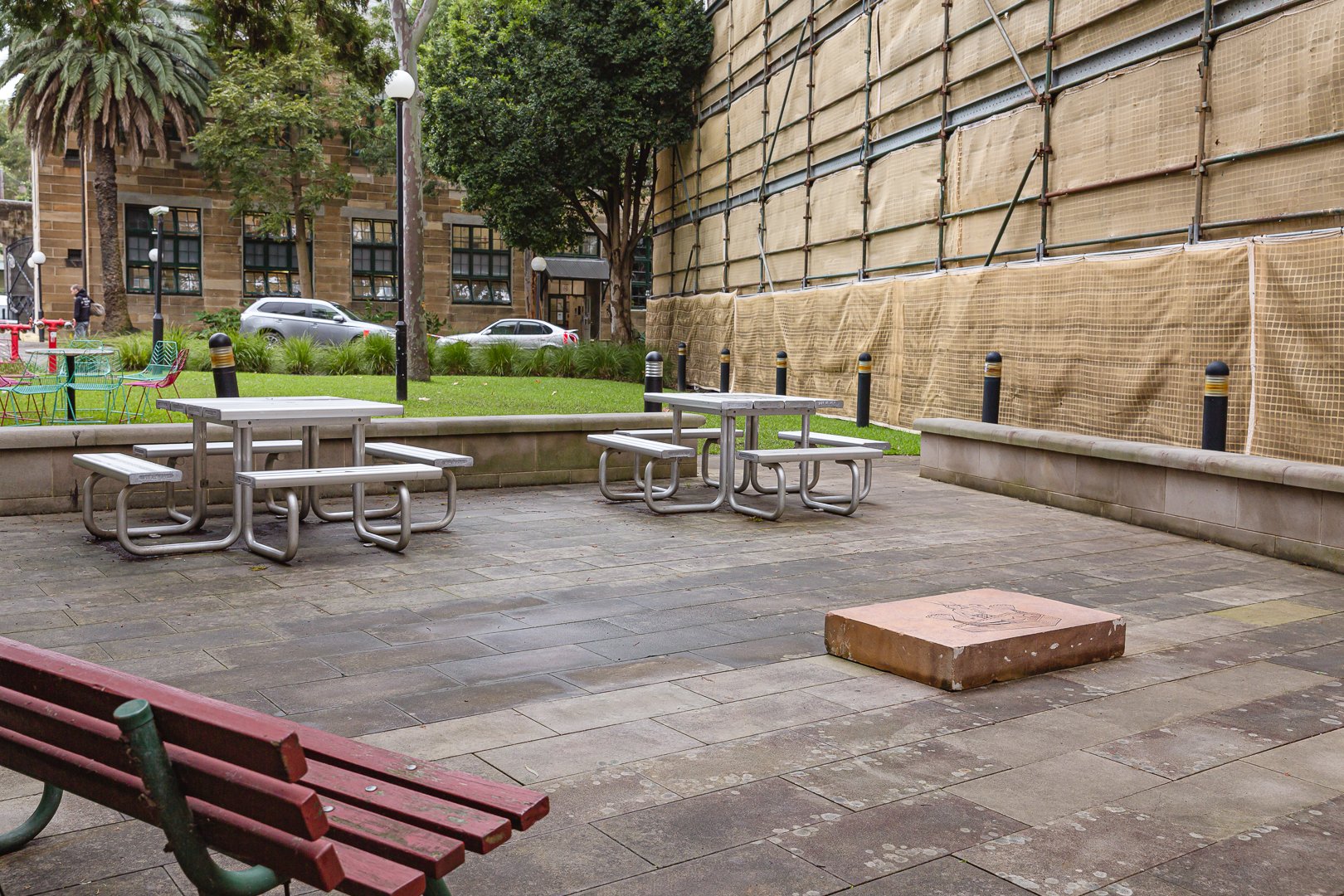
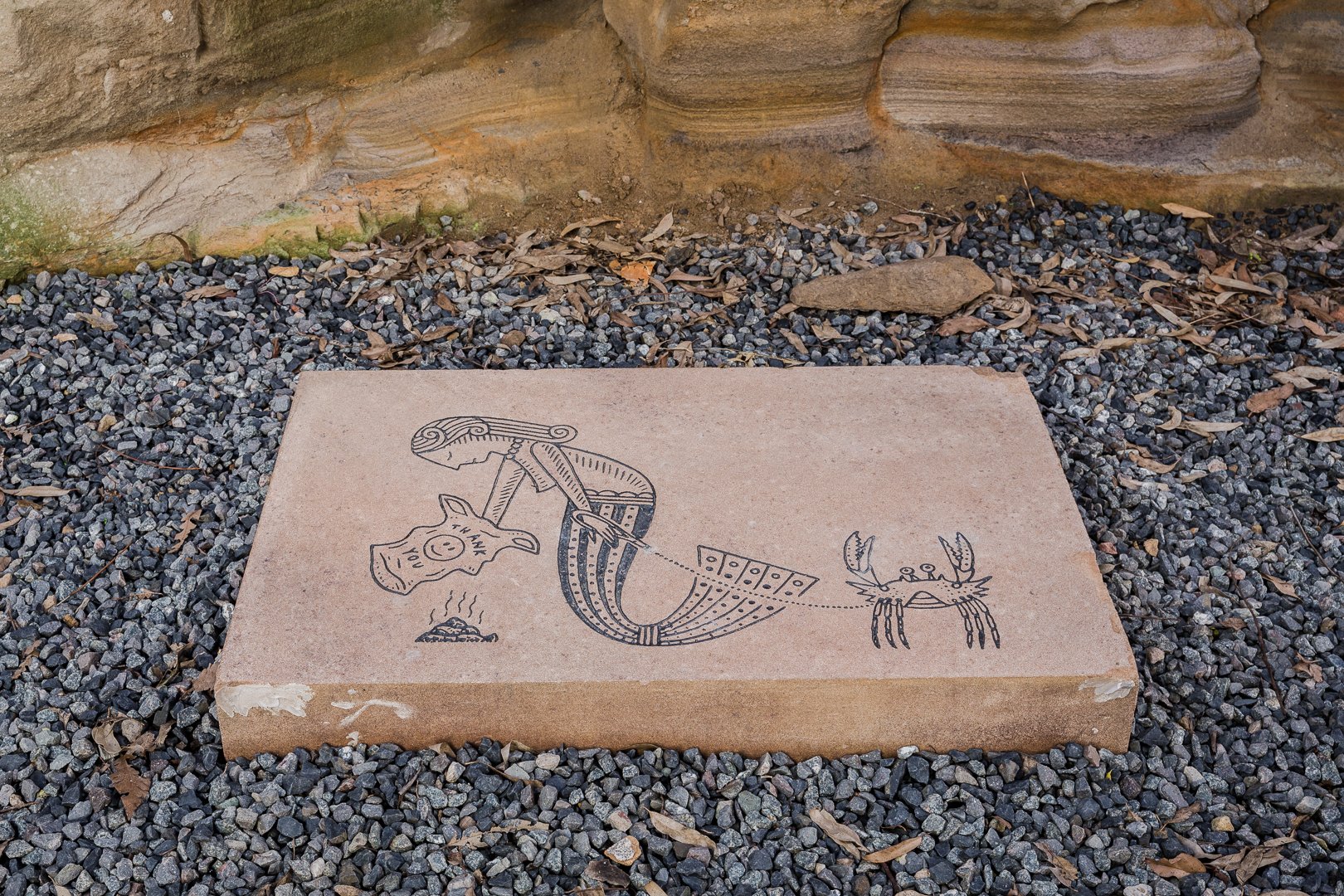
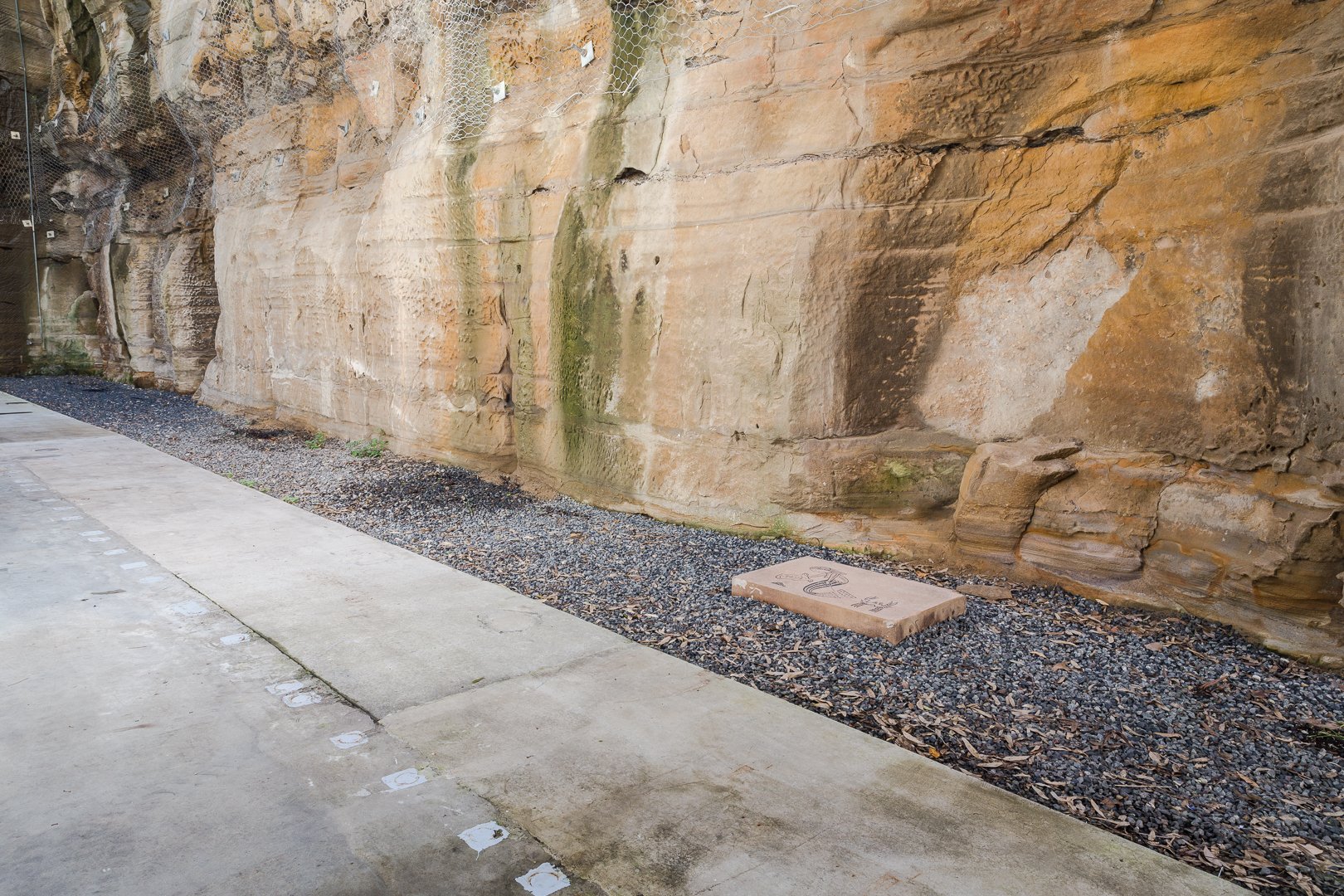
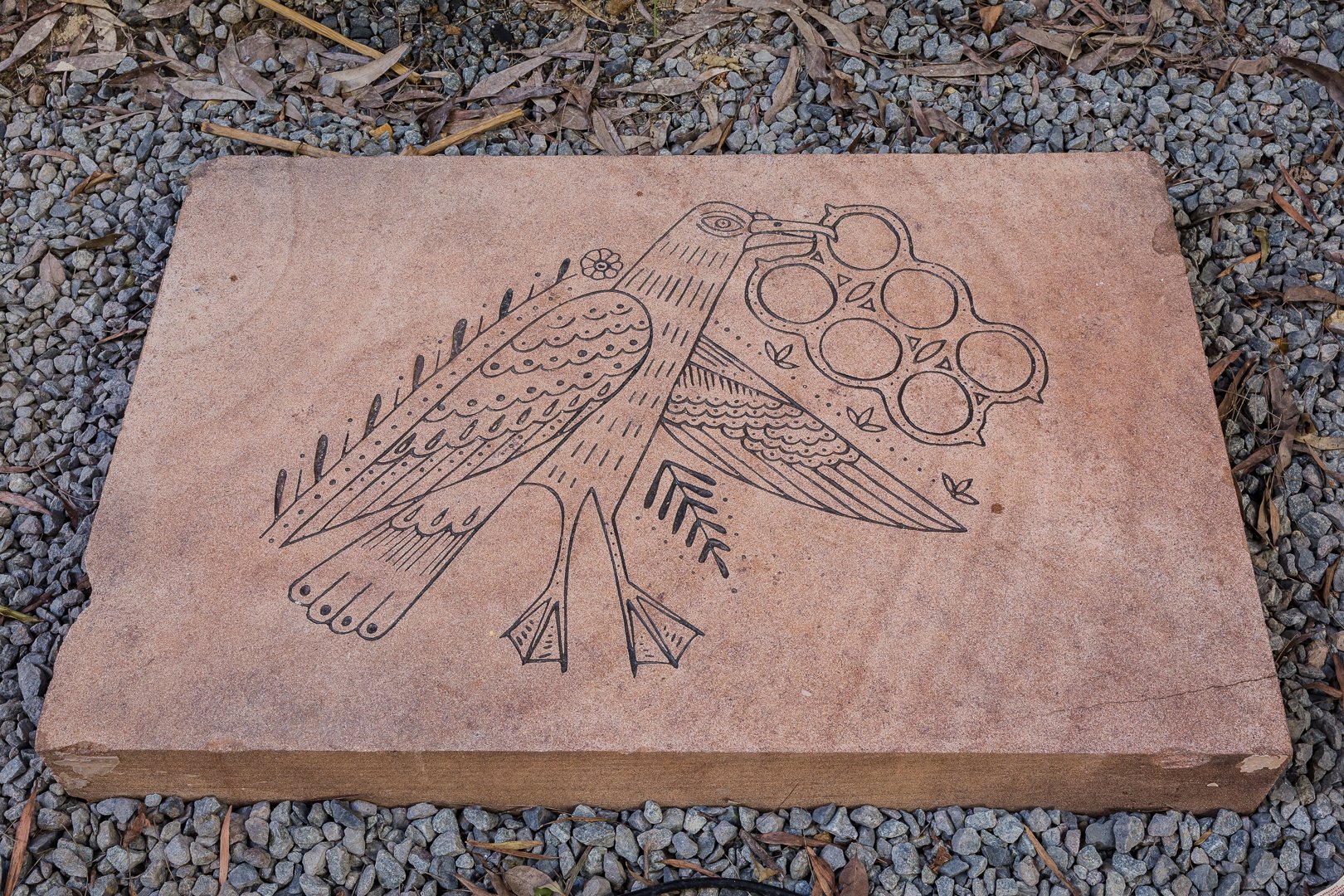

“In 2003 I sailed a 26’ dilapidated sloop into the creek and illegally tied it up to an abandoned bulkhead, expecting to get chased off in a matter of days. As days turned into years, other boats began to appear around me and continued to do so long past my departure from the creek in 2013. There are currently more than 30 derelict boats moored in the creek, mostly clustered together, with people living aboard full time. At first glance, the people that remain there are living out a romantic maritime dream. A rent-free life enviable to the rest of us caught up in the demands of living in one of the most expensive cities in the world. In reality, for most this alternate existence is coupled with harsh winters without heat and a lack of plumbing, running water and basic amenities that many of us take for granted. The most notable downside is the continuous and potentially lethal exposure to a highly carcinogenic environment caused by living on top of a federal Superfund site. Most have no financial means to leave and live elsewhere, but are constantly in fear of being told to leave in the middle of the night.”
